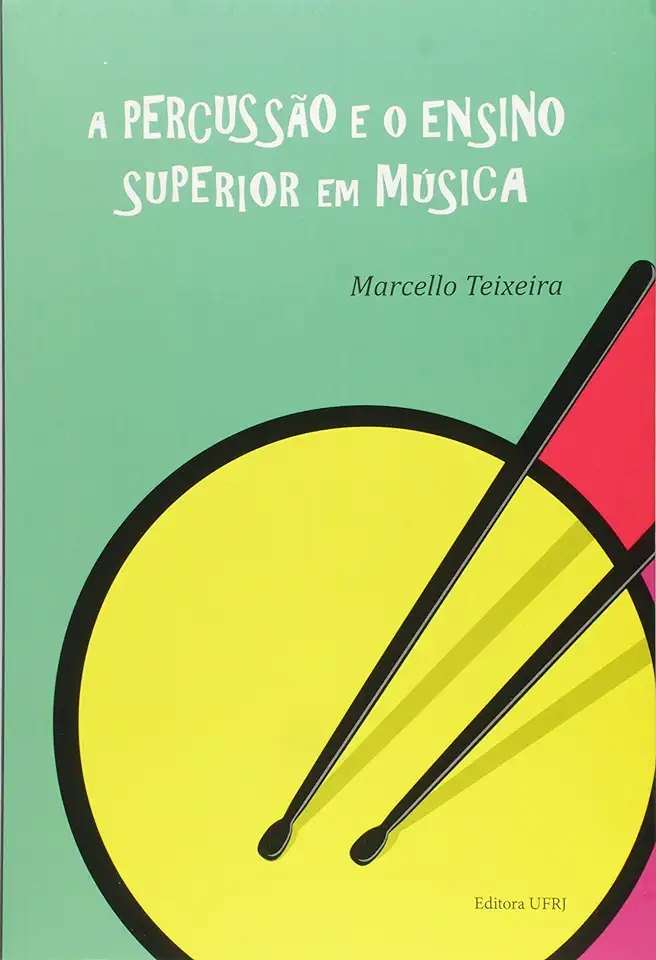
Percussion and Higher Music Education, The - Marcello Teixeira
Percussion and Higher Music Education: A Comprehensive Guide
Introduction
In the world of music education, percussion often takes a backseat to other instruments. This is unfortunate, as percussion is a vital part of any musical ensemble and can provide students with a wealth of benefits.
In his book, Percussion and Higher Music Education, Marcello Teixeira argues that percussion should be given more attention in higher music education. He provides a comprehensive overview of the history of percussion education, the current state of percussion pedagogy, and the challenges and opportunities facing percussion educators.
The History of Percussion Education
Percussion education has a long and rich history, dating back to the early days of music education. In the early 20th century, percussion began to be taught in conservatories and universities, and by the mid-20th century, it had become a standard part of the music curriculum.
However, percussion education has not always been as comprehensive as it is today. In the early days, percussion was often taught as a secondary instrument, and students were not given the same opportunities to develop their skills as other instrumentalists.
The Current State of Percussion Pedagogy
Today, percussion education is in a much better state than it was in the past. There are now many excellent percussion programs at colleges and universities, and students have access to a wealth of resources and opportunities.
However, there are still some challenges facing percussion educators. One challenge is the lack of standardized curriculum for percussion education. This can make it difficult for students to transfer between different institutions, and it can also make it difficult for educators to ensure that their students are receiving a comprehensive education.
Another challenge facing percussion educators is the need to keep up with the latest trends in percussion performance. The world of percussion is constantly evolving, and educators need to be able to adapt their teaching methods to meet the needs of their students.
The Challenges and Opportunities Facing Percussion Educators
Despite the challenges, there are also many opportunities for percussion educators. One opportunity is the growing popularity of percussion music. Percussion is now being used in a wider variety of musical genres than ever before, and this is creating a demand for percussionists who are well-trained and versatile.
Another opportunity for percussion educators is the increasing availability of technology. Technology can be used to create new and innovative ways to teach percussion, and it can also be used to help students practice and perform.
Conclusion
Percussion is a vital part of any musical ensemble, and it can provide students with a wealth of benefits. Percussion education has come a long way in recent years, but there are still some challenges facing percussion educators. However, there are also many opportunities for percussion educators, and the future of percussion education looks bright.
Why You Should Buy This Book
If you are a percussion educator, or if you are interested in learning more about percussion education, then this book is a must-read. It is a comprehensive and up-to-date resource that will provide you with the information you need to know to be a successful percussion educator.
This book is also a valuable resource for music educators in general. It provides a unique perspective on music education, and it can help you to understand the importance of percussion in the music curriculum.
Whether you are a percussion educator, a music educator, or simply a music lover, this book is a valuable resource that you will enjoy reading and learning from.